Have you ever thought that maybe your content just isn’t enough?
It’s not your fault. Today’s readers expect a lot from the content they consume. (And they consume a ton of it.)
As a result, people don’t do a whole lot of reading.
In fact, 55% of visitors leave a page within 15 seconds.
It takes a lot to really command someone’s attention. The average person takes in huge amounts of content and advertisements every day.
So is content marketing dead? Absolutely not.
You just have to change the way you do content creation and marketing.
There are techniques you can use to win your readers over.
And let me tell you something –– when people love content, they really love it.
If you can get your readers dedicated to your brand, they’ll stay loyal and become outspoken advocates for you.
That’s how powerful your content can be.
Content has the power to turn mere visitors into raving fans.
Of course, it takes some work to get there, but I’m going to help you out by showing you some of my favorite tactics — tactics that will make your visitors drool over your content.
1. Ask for advice
The first method I’m sharing with you involves going directly to the people you want to turn into fans.
The big idea here is that you simply ask your audience for advice.
This might sound simple but bear with me.
I’ve found that whenever you ask someone for their opinion, they can’t help but take the time to respond. It works so well that it’s almost magical.
By asking for your readers’ advice, you’re indirectly telling them that their opinion is valuable to you. It makes them feel good, and you get honest feedback from it.
And studies have shown that businesses that regularly seek out customer opinions perform better too.
Honestly, I’m not sure why more businesses aren’t doing this.
It’s super simple to do. I recommend starting out with a short survey like the ones you can create with Qualaroo.
Qualaroo lets you set up short, unobtrusive surveys like this one:
These surveys go right on top of any page you want, which makes them really handy:
I like Qualaroo for getting simple feedback. Your readers only have to make two clicks to fill out the form, so it’s great for getting lots of responses.
But you can also be more targeted with surveys.
For example, you could send out an email asking for more thorough feedback. You can set up a simple Google Form or Typeform for people to fill out and then watch the responses roll in.
This option is nice if you want to get super detailed feedback. You also get more control, and you can ask as many questions as you want.
I suggest taking both of these approaches.
Why? Not everyone will fill out a lengthy form, although you could offer something like a special discount code to sweeten the deal. So people are much more likely to answer a quick Qualaroo question.
But many people are willing to take the time to make their voice heard, so filling out a longer form doesn’t seem like that much of a chore.
In my experience, doing both is the best way to get the maximum amount of feedback in a short amount of time.
I’ll give you one more idea related to this.
You might have noticed I always end my blog posts with a question.
I didn’t do this for a while because, well…I was afraid that people wouldn’t comment.
But once I started, I was amazed that people did comment!
It got even better. People left some really good feedback that I used to improve my content. And that still happens today.
It’s a very simple idea –– just asking for the reader’s opinion –– but it’s made a heck of a difference.
If you take one thing away from this section, let it be that you should create multiple opportunities for your readers to voice their opinions.
2. (Over) deliver on your promises
You may have never thought of it in this way, but every piece of content you create makes a promise.
And in most cases, it’s going to be your headline and the first bit of your content that make that promise.
Let me show you what I mean.
Here is an article I published on my blog:
As you can tell, the headline makes a very obvious promise. It promises to help you grow your brand.
Then, very early on in the article, I make an even bigger promise. In fact, it’s a whole list of promises:
I don’t let my readers down. I deliver on every single one of those promises by devoting sections of the article to every topic in the list.
But that’s not all. I over-deliver by giving my readers thousands of words with super detailed images and examples.
This is how I structure all of my content. I set it up to give the reader a specific expectation. In this case, I want the reader to think I’m just showing them how to curate content.
Then I blow them out of the water by giving them more than they imagined.
I mentioned that headlines make promises. That’s why it’s important to write great headlines.
You want your headline to make a promise that you can over-deliver on. You also want the headline to be catchy, but you don’t have to make it sensationalized click bait.
Because, as I explain in this video, appealing titles don’t have to be gimmicky.
A great headline that makes a specific promise will almost always get tons of clicks, and then people will be amazed when you over-deliver.
I’ve used this tactic for years, and it’s never let me down. Give it a try. I think you’ll be pleasantly surprised.
3. Use lots of relatable examples
I get a lot of inspiration from marketing articles. However, you might call it negative inspiration.
In other words, lots of these articles are prime examples of what not to do.
Specifically, I want to talk about relatability.
I read lots of articles that are pretty dry. They’re highly theoretical, and the language is advanced — often at a college reading level.
There’s nothing wrong with that, but sometimes these articles can be difficult to get through because it’s tough to feel a real connection to it as a reader.
Let me show you what I mean.
Check out a snippet from this article on Google’s mobile-first index:
There’s nothing wrong with that article. But do you see how it’s more formal and academic sounding?
Now here’s an excerpt from an article I wrote on the same topic:
As you can tell, I explain things much differently. I say things in plain English, and I’m not afraid to state things in really simple terms.
I know this approach works because I’ve gotten so much positive feedback about it.
My readers appreciate that I don’t use abstract or theoretical examples. Instead, I use down-to-earth examples that almost anyone can relate to.
I do this because I know readers want to develop that connection. They crave a personal bond.
There’s a fancy term for this: pathos.
Logic is fine and dandy, but your content needs some emotional connection.
In my case, I use real-world examples that my average reader can identify with. Often, I’ll actually use examples that come directly from readers.
Granted, there are lots of ways to build an emotional connection, but I’ve found that examples work particularly well.
Relatable examples work well in almost every niche.
For example, here’s a graphic that explains Newton’s third law:
This is a great example because it’s one that you can easily visualize.
There are no complex formulas or vague scientific theories to think about. Instead, you just think about someone stepping off a boat and onto the dock.
Examples can also involve a depiction of someone doing something. This often helps readers get a better understanding of what a product can do for them.
Nest has a section dedicated to showing readers how their thermostat works.
I love this example because it has a lot of detail, and it’s an example that almost everyone in the target audience can connect with.
If you seek out feedback from your audience, you’ll find that most of your readers share similar goals.
Once you know those common connections, you can create examples that are relevant to your users.
And like I said, it doesn’t matter which niche you’re in. So whether you’re in marketing, art, or pet clothes, you can make use of relatable examples.
4. Leverage the power of social proof
We’re all familiar with the power of peer pressure.
If everyone else has the latest gadget, we want to have it too.
Of course, peer pressure is usually negative, and it has no place in content marketing. You don’t want to unnecessarily pressure your readers into anything!
But there is a related concept that works like a charm: social proof.
Social proof works on the same basic concept. Basically, lots of people do something, which makes you want to do that thing too.
McDonald’s gives us a perfect example of social proof in action. In fact, you’ve seen it before. It’s right on the restaurant’s signs: “over 99 billion served.”
If McDonald’s has served over 99 billion hamburgers, those burgers have to be good, right?
That’s the basic idea behind social proof.
It’s so powerful that Robert Cialdini wrote extensively about it in his classic book Influence: The Psychology of Persuasion.
Simply put, social proof makes us want things.
That makes it a perfect tactic to use in your content strategy.
There are several ways to use social proof. One of my favorite methods is to use testimonials.
When you see a testimonial, you tend to think that the product in question has to be good.
You might not even be ready to buy, but your opinion of the product will become more positive.
You don’t need to spend lots of time or effort on creating a dedicated page. Even a simple testimonial section like this will do the trick.
Once your readers see these, their social proof sensors will kick in.
Whether your testimonials are from influencers or customers, they’ll have a huge effect on how your visitors perceive your site.
But that’s not the only kind of social proof that you can use.
Milestones can signal social proof. Check out this Tweet from Piktochart that celebrated their fifth birthday:
Don’t worry. You don’t have to have 8 million users to use this technique.
Milestones evoke social proof because they tell readers you’ve been around for a while.
And if you’ve been around for a while, you must have customers who are happy with what you’re doing.
Get the idea? It’s more subtle than using testimonials, but it can work just as well.
And of course, it doesn’t hurt to get an influencer onboard.
The right influencer can do a lot for your brand. If he or she is well liked in your niche, the endorsement will go a long way toward creating exposure and trust for your business.
Check out these stats:
Whether you pursue a well-known blogger or an Instagram influencer, you can get amazing results.
5. Give away free stuff (but not what you’re thinking)
It’s no surprise that everyone loves free stuff.
But it might be a surprise that it doesn’t take a whole lot of free stuff to get people to love your content.
When I say “give away free stuff,” what comes to mind? My guess would be perhaps a contest or giveaway.
Make no mistake, contests and giveaways can be great for your brand. But they’re not necessary.
As much as you might think a nifty prize is an incentive for people to follow your brand, you only need one thing: value.
Your readers desire value. If they can get something valuable from your brand, they will feel like their needs are being met.
In fact, your readers might desire value more than any sort of cool prize.
This is truer today than ever before. There are so many brands out there that customers can afford to be choosy.
If you can give them tons of value, you will win their affection and loyalty.
As I said, you don’t have to give away expensive prizes. Often, valuable information is more than enough.
Let me give you an example: the email newsletter.
Email is a great medium for delivering lots of value. Austin Kleon does a great job of this, as you can see in this example:
Now that’s value. Keep in mind that this is specific to Austin’s audience, and that’s why it works so well for him.
Aim for that same level of value with your content, whether it’s your email newsletter or your newest infographic.
6. Personalize your content
It’s time to get personal.
If you haven’t experimented with content personalization, it’s time to start. It’s an easy way to stand out from your competitors and deliver something they can’t.
The term “content personalization” is a little misleading because it makes it seem like the content is personalized for each user.
Instead, content personalization makes content more relevant for specific segments of your audience.
As you might expect, data from a study by Seismic and Demand Metric found that personalized content performs much better than content that isn’t personalized.
The sky’s the limit with personalization.
In this example, we’re splitting up total users into two segments: new users and existing users.
Each segment will see different content that is more relevant to that segment.
If both segments received the same content, you’d probably get pretty average conversion rates.
But by showing different content, you’re catering to the needs of each segment.
For example, your returning users are going to get pretty bored if they see the same old content over and over.
With segmentation, you can show returning users new content and maintain their interest.
You can also segment readers based on aspects like location and traffic source.
This is just scratching the surface of what content personalization can do. It’s an exciting and useful technique that I encourage you to check out.
Conclusion
If you’re anything like me, you don’t just want to have website visitors.
You want people who will come back for more and shout about your brand from the rooftops.
It sounds like a tall order, right? It would seem that way, but all you have to do is respond to people’s wants and needs.
If you can enrich people’s lives, they’ll be more than happy to sing your praises. You’ll create tons of brand advocates instead of just readers or visitors.
And these six tactics are a great start to make that happen.
If you do it right, people will stay on your site for much longer than 15 seconds, and they’ll discover all that you have to offer them.
Which of these techniques is your favorite? Which ones are you going to try?


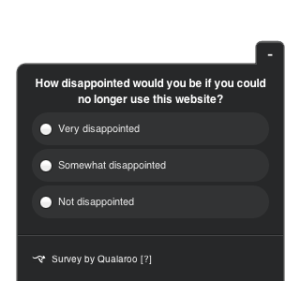
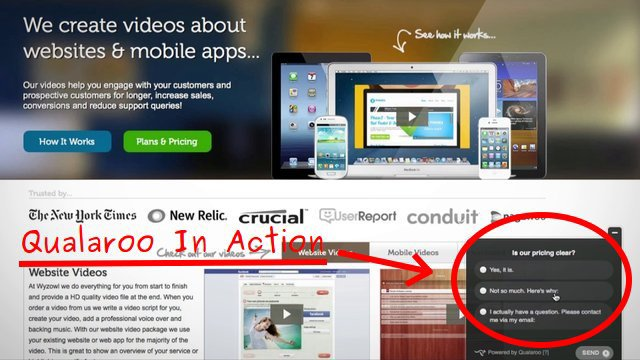
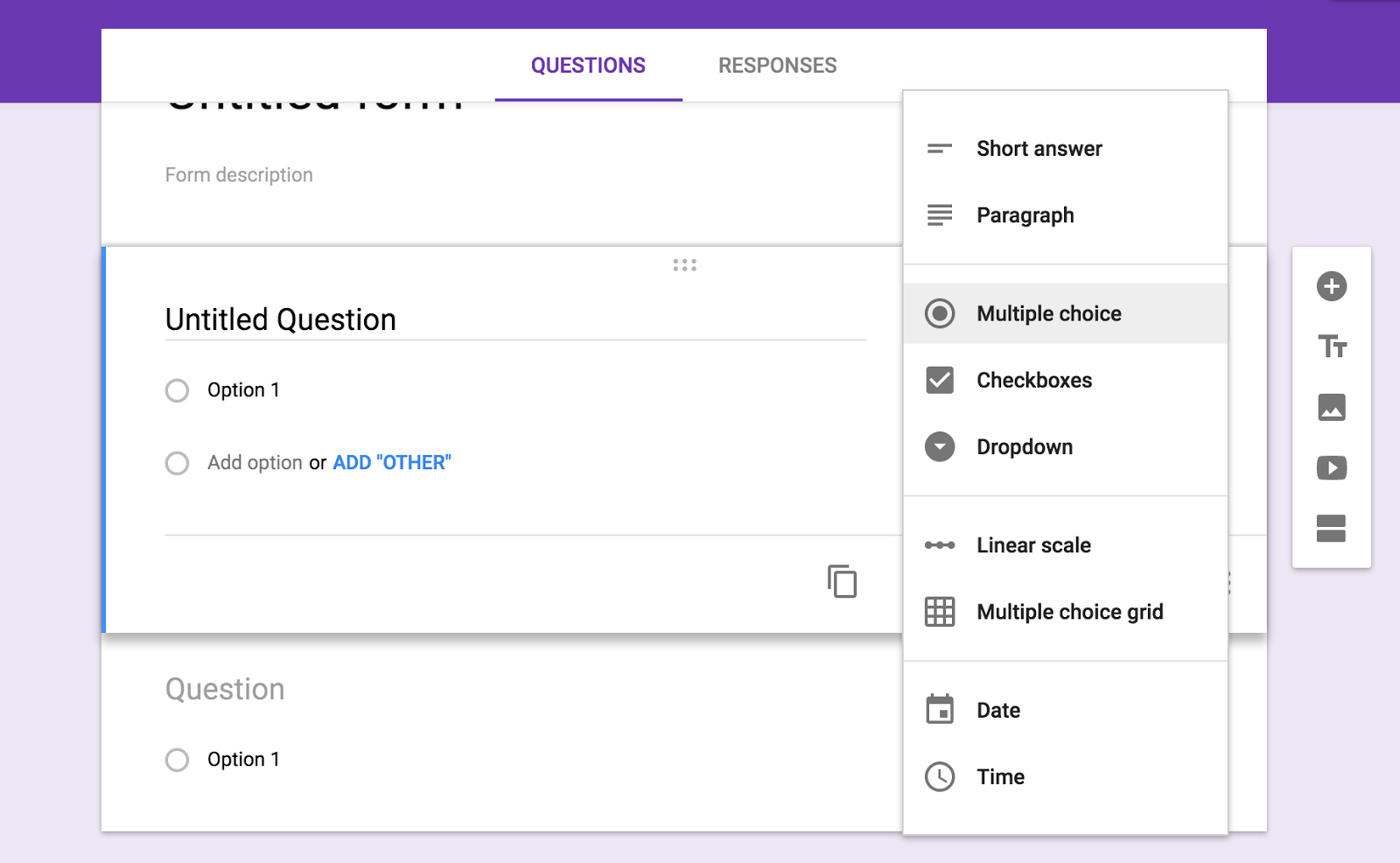
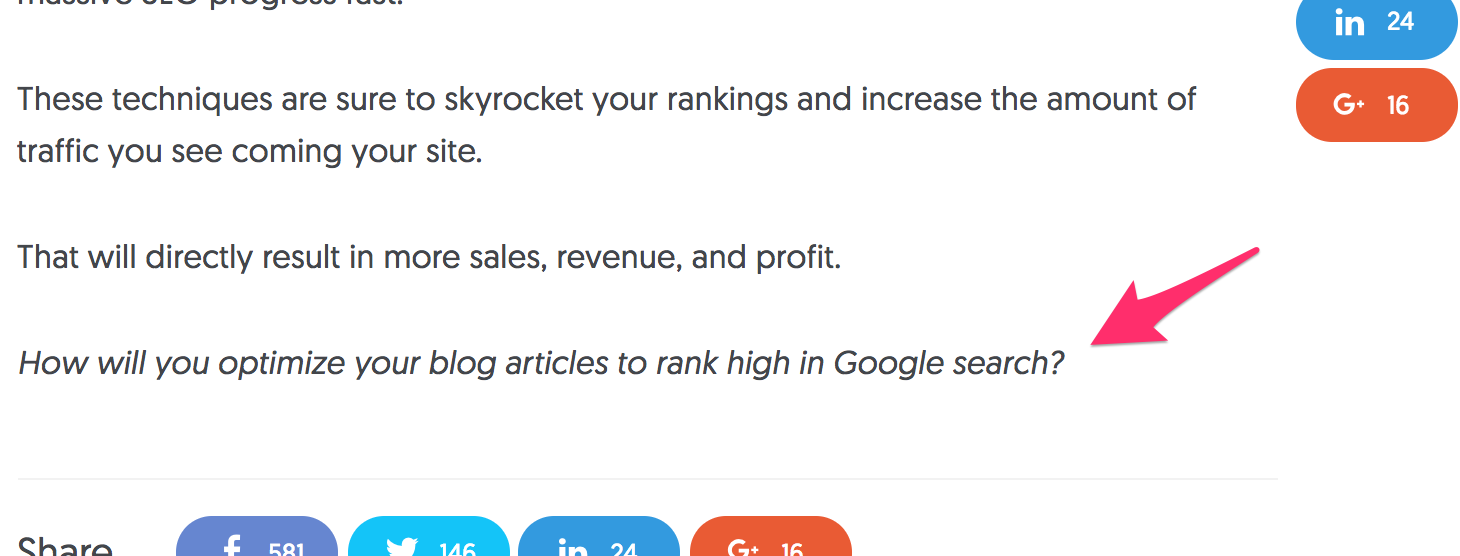
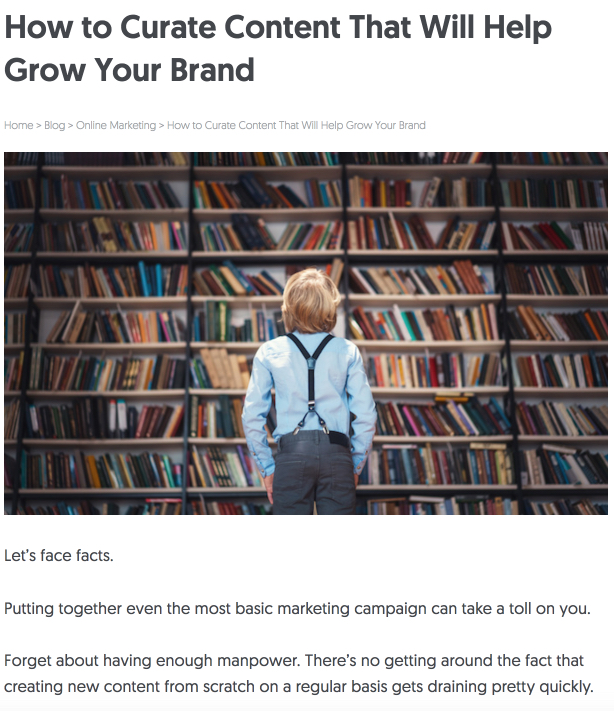
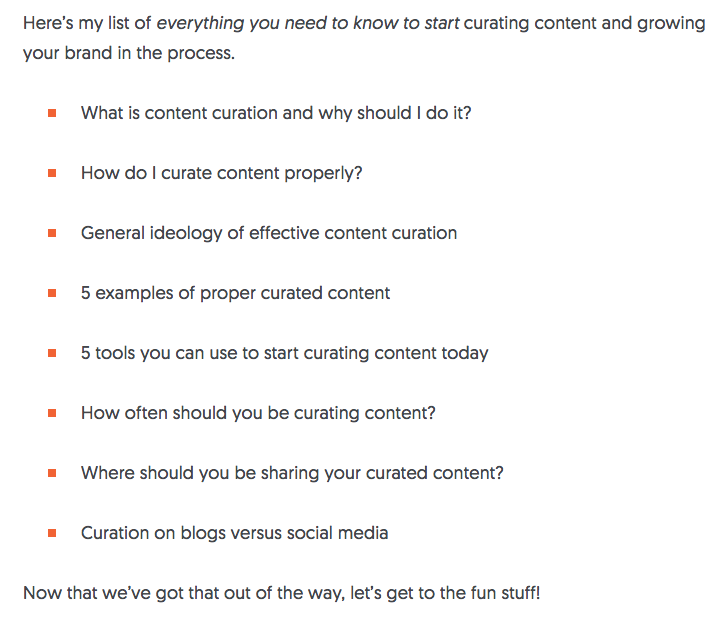

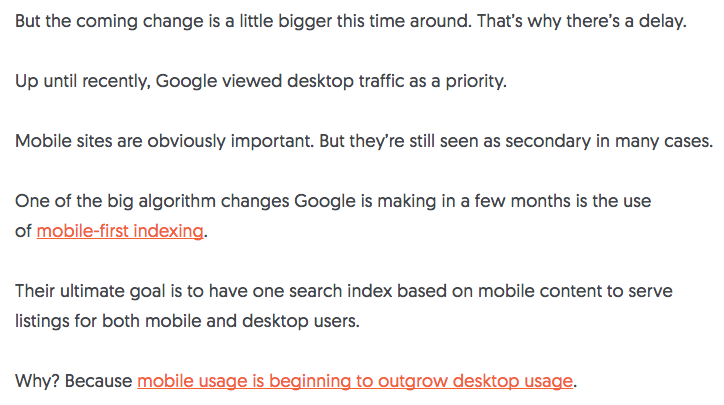
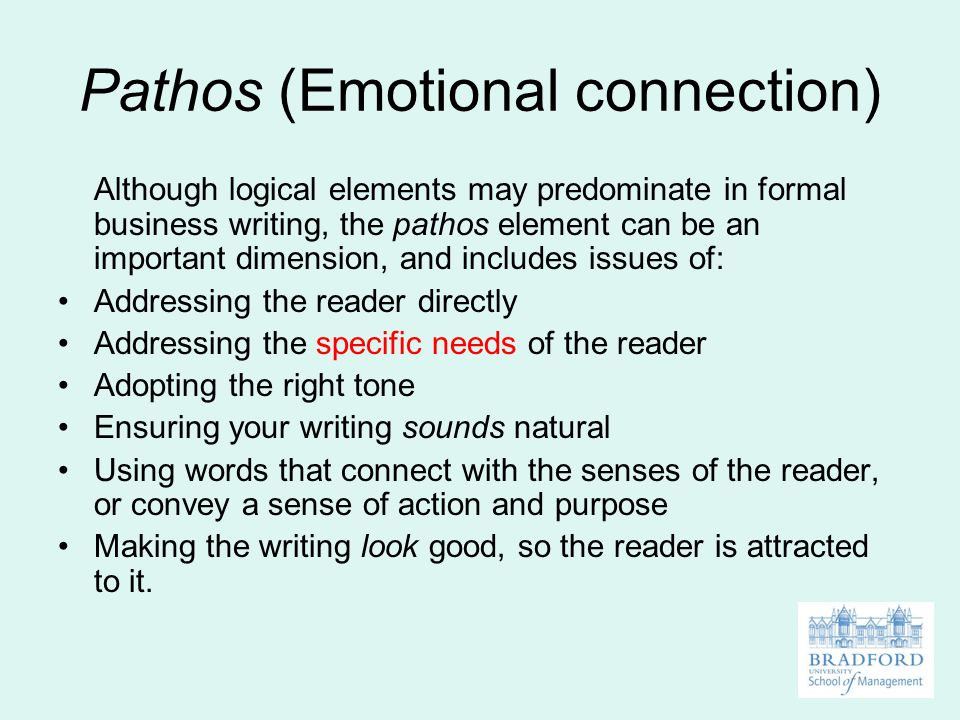
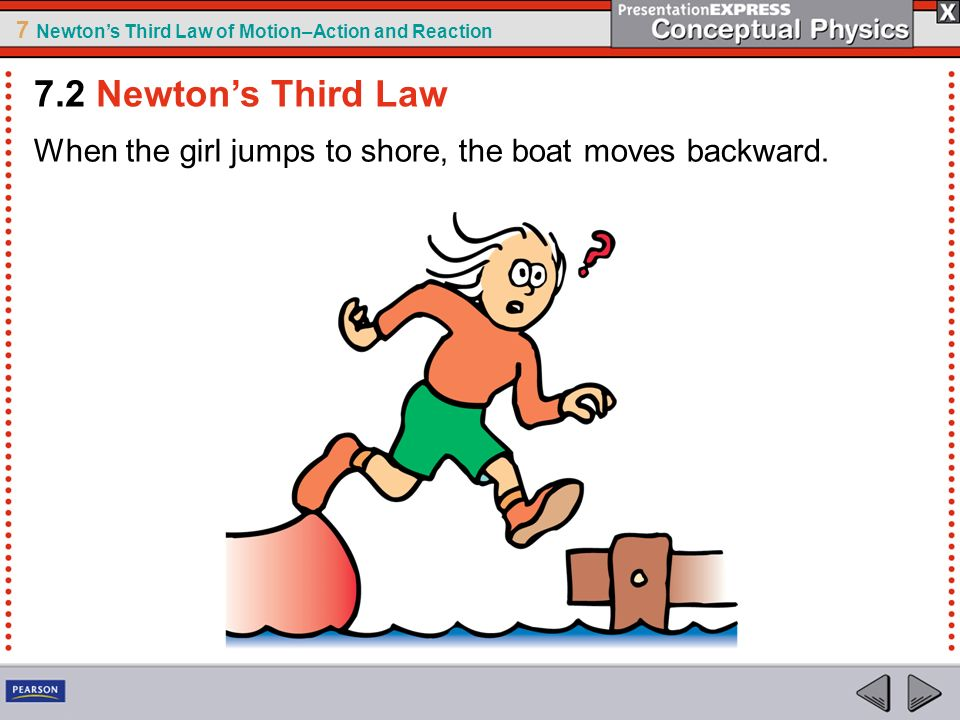
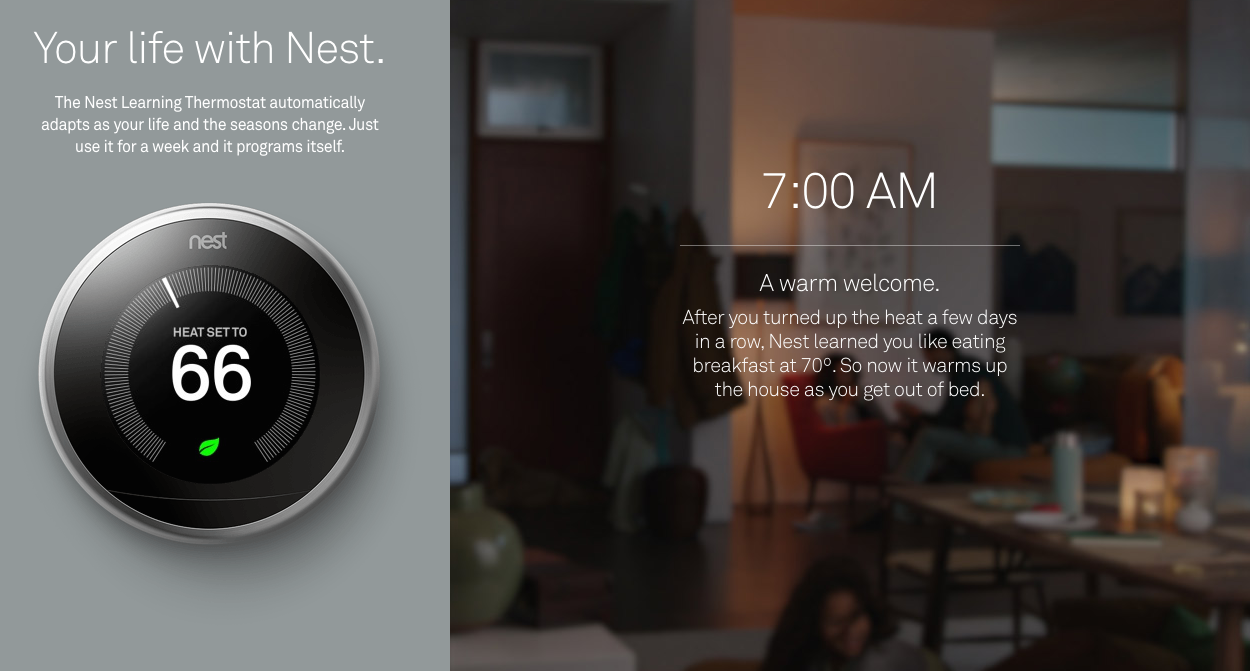
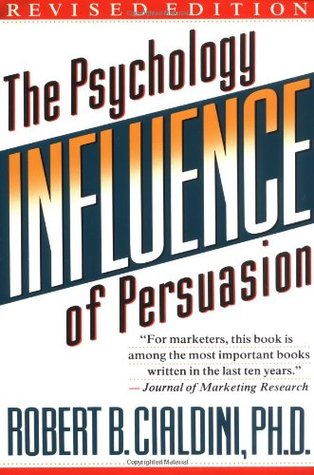



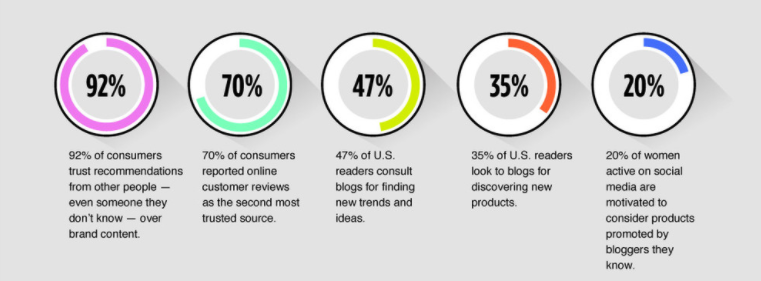
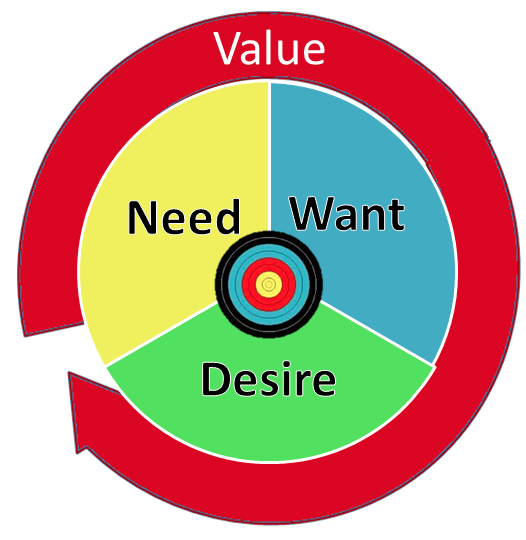
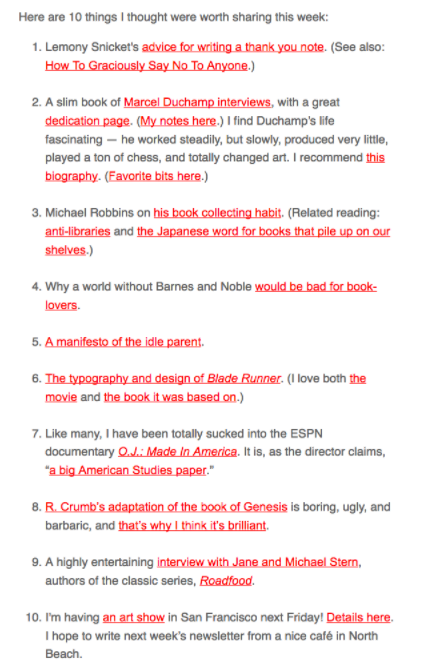

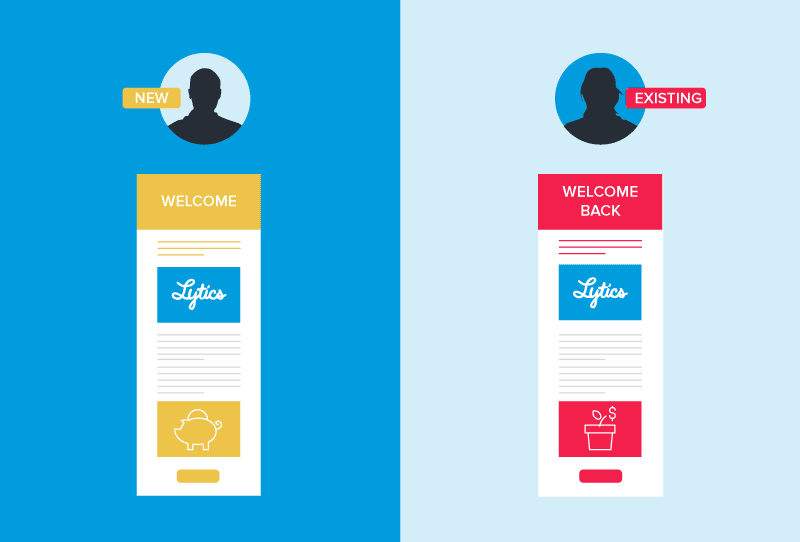
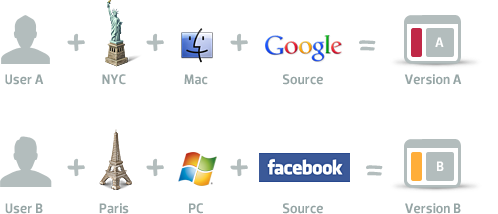
Comments (6)